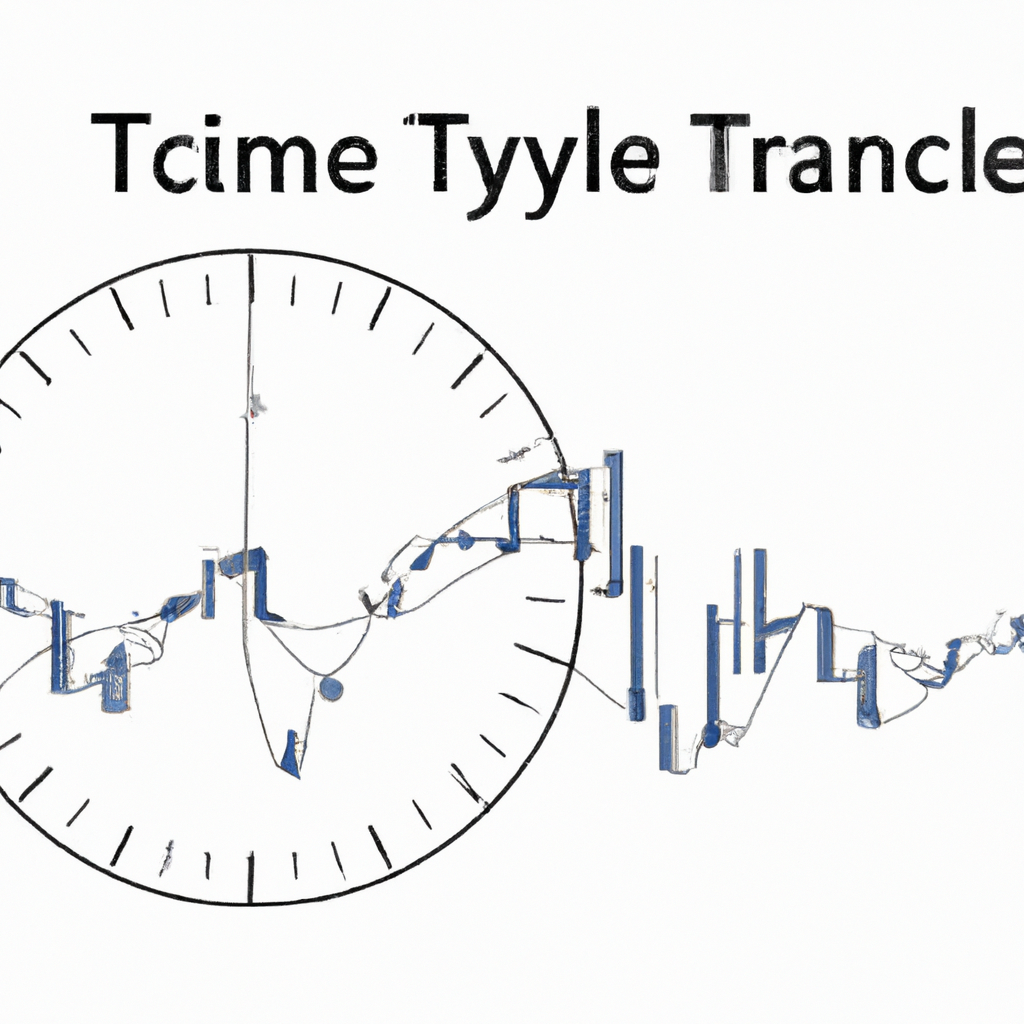
Understanding Time Cycles in Technical Analysis
Time Cycles in Technical Analysis
What are Time Cycles?
Time cycles in technical analysis refer to the concept that certain periods of time tend to repeat themselves in the financial markets. These cycles can be identified by analyzing historical price data and looking for patterns or trends that occur at regular intervals.
Types of Time Cycles
Short-Term Cycles
Short-term cycles typically last anywhere from a few days to a few weeks. These cycles are often influenced by factors such as market sentiment, news events, and economic data releases.
Medium-Term Cycles
Medium-term cycles can last several months to a year. These cycles are often driven by changes in market trends, economic conditions, and geopolitical events.
Long-Term Cycles
Long-term cycles can span several years to decades. These cycles are influenced by factors such as economic cycles, demographic trends, and structural changes in the market.
How to Use Time Cycles in Technical Analysis
Identify Cycles
Start by analyzing historical price data to identify any recurring patterns or trends. Look for peaks and troughs that occur at regular intervals.
Measure Cycle Length
Determine the length of the cycle by measuring the time between peaks or troughs. This will give you an idea of how long the cycle typically lasts.
Use Cycles for Timing
Once you have identified and measured the cycles, you can use this information to time your trades. For example, you may choose to enter a trade when a cycle is nearing its peak or exit when a cycle is approaching a trough.
Conclusion
Time cycles in technical analysis can be a valuable tool for traders and investors looking to gain insight into market trends and make more informed trading decisions. By understanding and utilizing time cycles, you can better anticipate market movements and improve your overall trading performance.